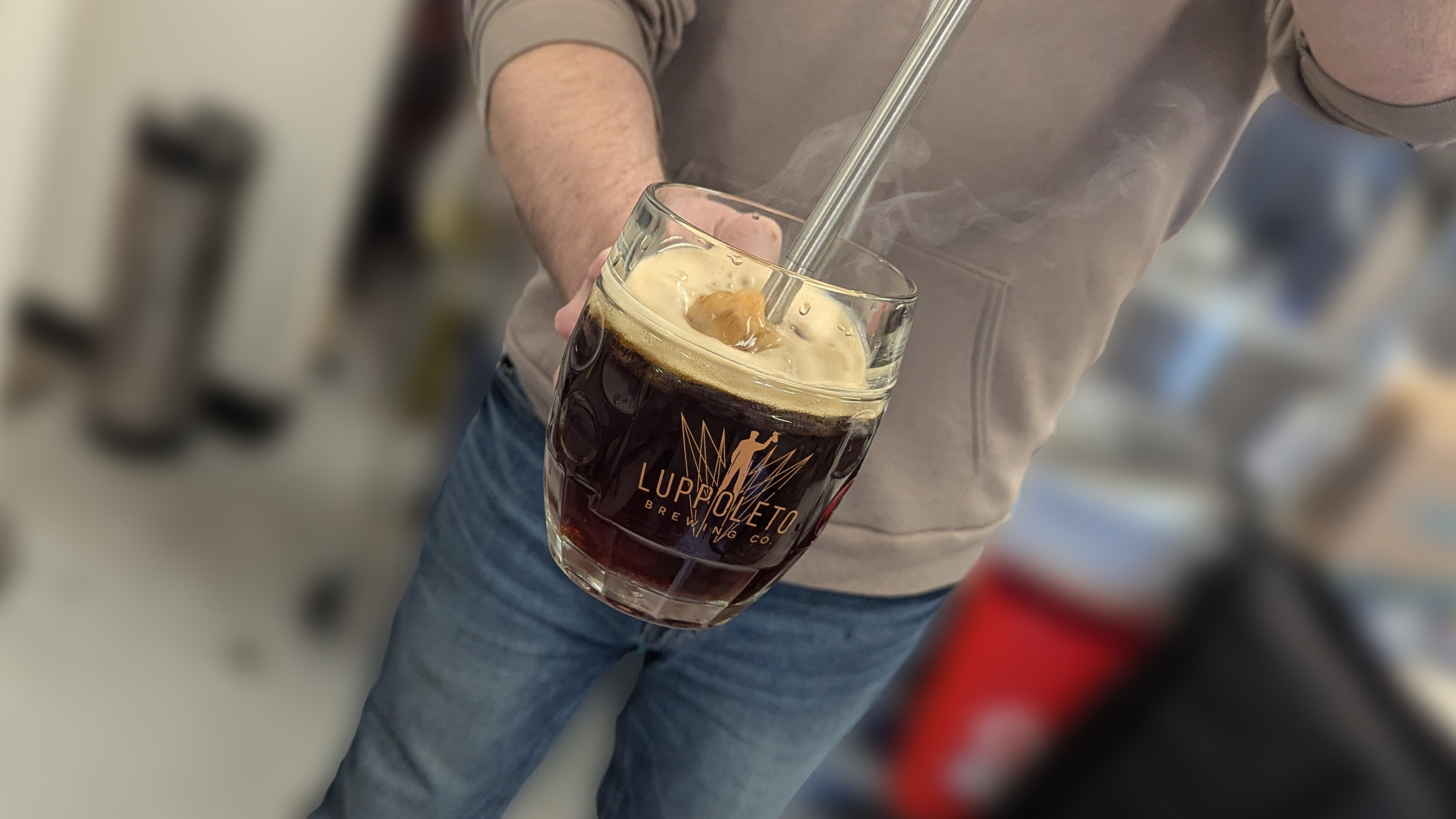

Beer is a very old beverage but it is far more tangled with European culture than US culture (thanks in part to Prohibition). So when we look for age old traditions and long-standing rituals within the beer realm, we often look to Europe. We’ve explored Traditional English Cask Ale, Bavarian Lagers even Smoked Beers from the heart of Old Bavaria. This is where we find the odd but satisfying tradition of Bierstacheln; sticking a hot poker into beer!
Blacksmiths in Europe would rest a poker in the fire and periodically stick it into their beer to help them warm up on cold days – or to prevent their beer from freezing. There is lots of lore around this charming and tasty tradition which is still obscure but has been kept alive in Germany throughout the years.
Experience the old Blacksmith’s tradition this Friday (2/14) as we introduce a red-hot poker to the S’mores Inspired Molto Molto.
The word “Bierstacheln” translates to “beer spike” or “beer sting” and was first introduced to us by the folks at Notch Brewing with their annual Starkbierfest. This outdoor celebration of strong Bavarian beers features an Oompah band, some high ABV lagers and the red hot “loggerhead” – another name for the hot beer poker. They inherited the practice and the actual hot poker from Schell Brewery in Minnesota who first introduced it stateside in 1987! While us East Coasters celebrate the tradition, the Minnesotans might have actually been using the hot poker to keep their beer from freezing.
In modern times, most have upgraded their raw steel rod to stainless steel for easier cleaning but the core principal is still the same. Heat the “Bierstacheln” (pronounced “beer shta-ll”) with some form of fire. Plunge it into the beer for just a few seconds. Enjoy the photo op and marshmallowey, subtly smokey flavor.
Does it make that much of difference? I mean – yes. The heat knocks a bunch of carbonation out of suspension so the beer goes down slightly “smoother”. The short heat exposure is not enough to make the liquid “hot” per se but it is a bit warmer so some aromatic elements which may otherwise be difficult to detect are bolder. But mostly, it is a bit of a spectacle. It is fun to watch the beer foam up and to smell the toasty malt sweetness in the air. It’s also a fun connection to beer history.
~ Prost!
We Respect Your Privacy